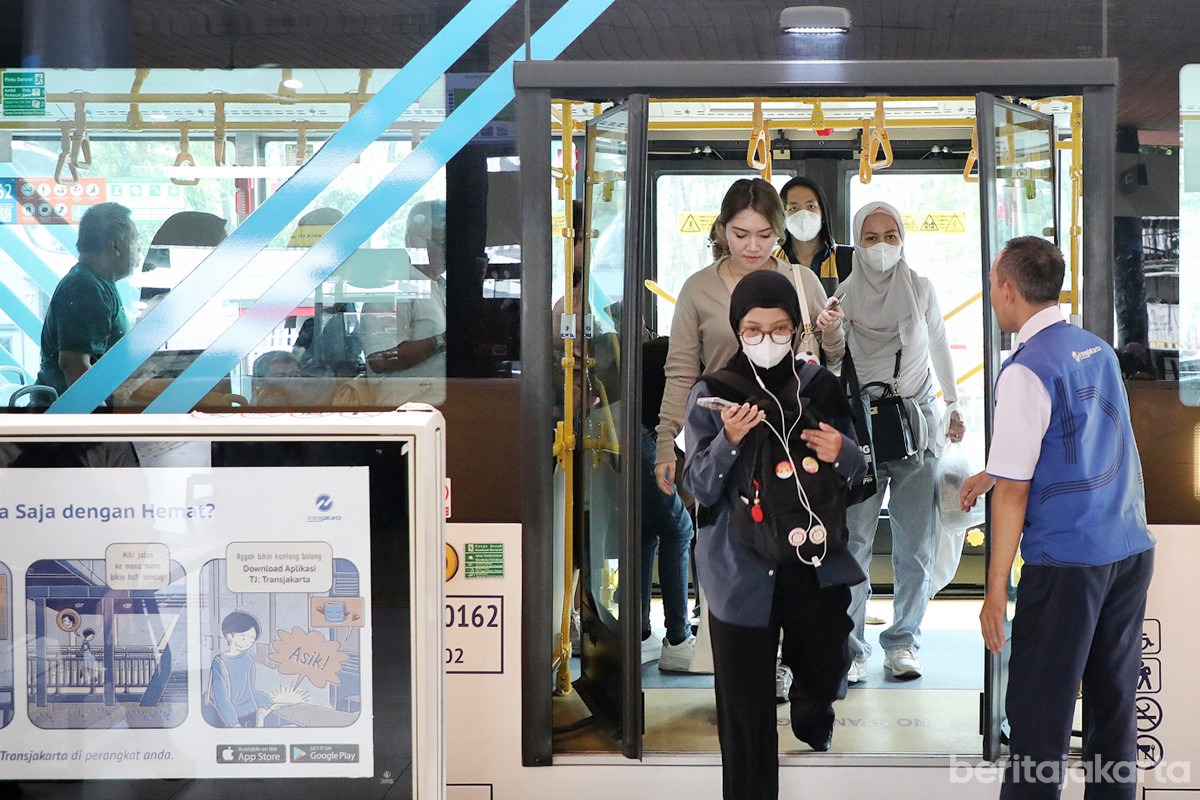Jakarta City Council Commission B Chairman, Nova Harivan, called on the public to maintain their trust in Transjakarta as a primary mode of transportation. He argued that beyond affordability and comfort, the city-owned operator continues to strengthen safety protocols. His statement also carried a message to PT Transjakarta to regularly evaluate its operations, with special emphasis on human resource management. This aligns with his reminder that driver fatigue must not be overlooked in safeguarding commuter safety.
Nova outlined that evaluations should include stricter checks on driver health and work conditions. Rest schedules must be enforced to ensure drivers have adequate breaks, ideally every four hours, accompanied by proper rest facilities. Psychological assessments and medical examinations, he added, should be conducted more frequently, shifting from the current three-year cycle to every six months or annually. Improvements in traffic signs and other supporting facilities were also suggested to better alert drivers at critical points.
PT Transjakarta President Director, Welfizon Yuza, responded by reaffirming the company’s zero-accident commitment. He highlighted the declining accident index, which dropped from 0.55 in 2022 to 0.32 by August 2025, marking notable progress in safety performance. Welfizon emphasized that the human factor remains central, and the company has launched TJ Academy to provide both technical and psychological training. Initially focusing on self-managed drivers, the academy will gradually extend to contracted operators as well.
Currently, more than 11,000 drivers operate within the Transjakarta system, with about 15 percent under self-management. Welfizon assured that all drivers would undergo TJ Academy’s structured training program. Regular fleet inspections, safety audits, and collaborative studies with stakeholders are being intensified to create standards stricter than general national rules. He concluded that as Jakarta advances toward its ambition of becoming a global city, public transport safety must also match the benchmarks set by major cities worldwide.
Alexander Jason – Redaksi



